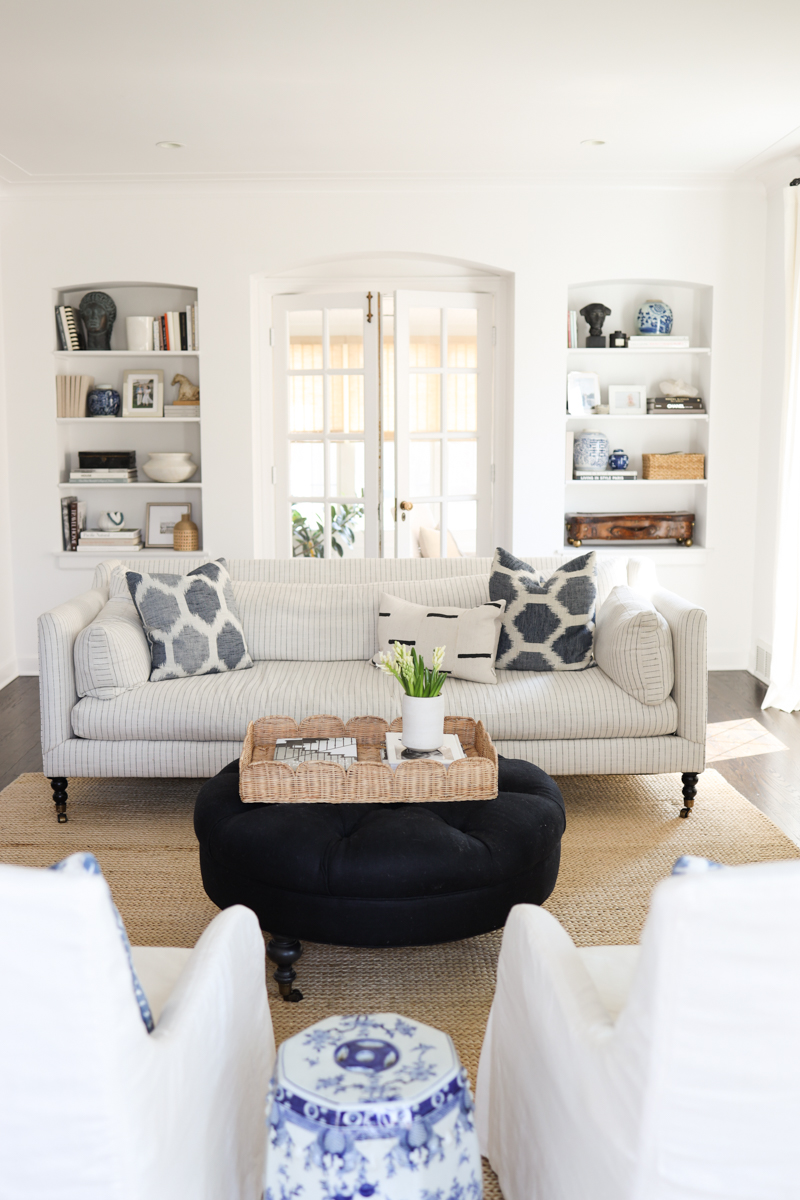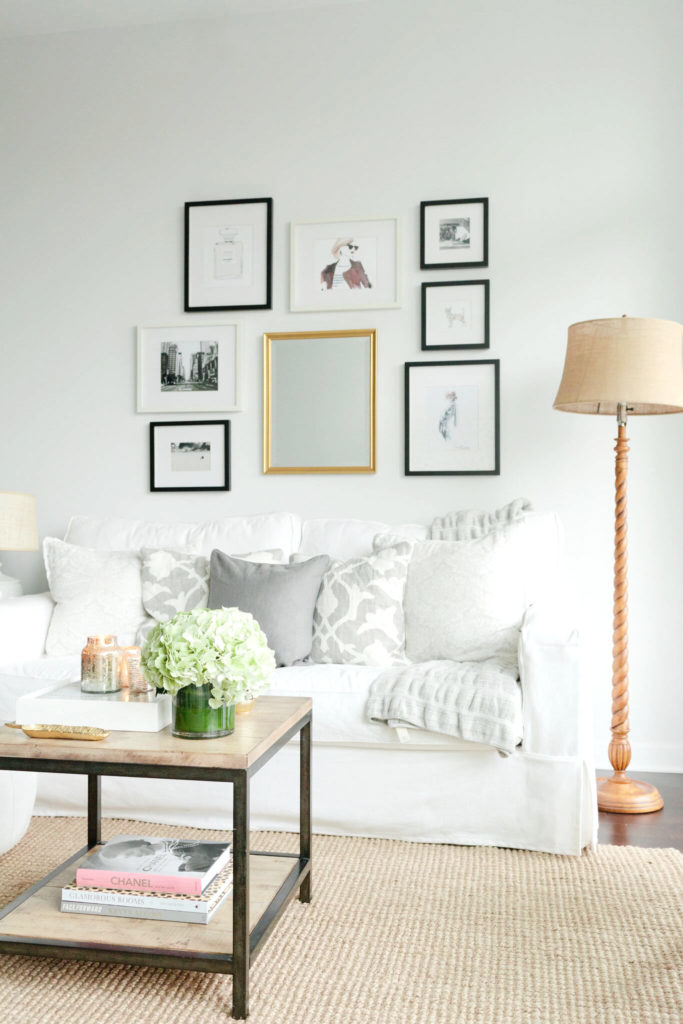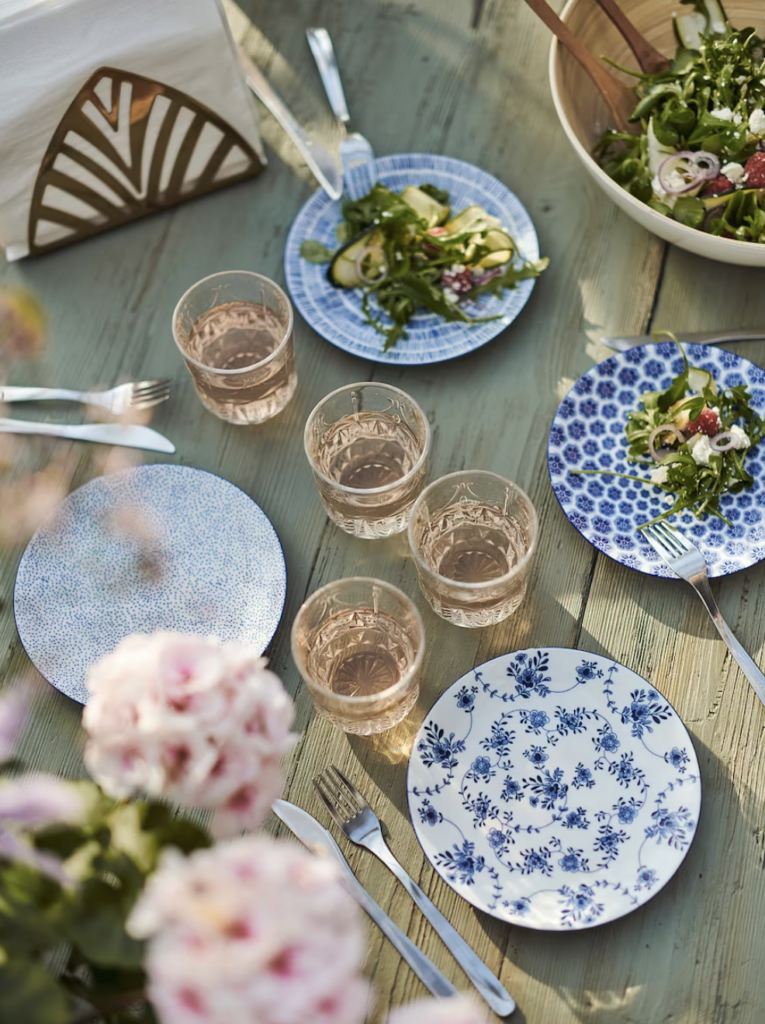Home
Adding Bluestone Pavers to Our Portico


When we purchased our older home, it was in need of quite a bit of landscaping and a fresh coat of paint among other things. The exterior is beautiful but was in rough shape. Paint was chipping everywhere, all our lintels had to be replaced, and the yard was overrun with weeds and dying shrubs. We really wanted to make our front door and portico feel welcoming. So along with landscaping, we decided to add bluestone pavers. Bluestone is timeless and traditional – a classic stone that adds elegance and value to a home. Aesthetically, it felt perfect with the style of our home, and also tied into our bluestone patio off the kitchen.
Adding Bluestone Pavers to Our Portico
The outdoor space off our kitchen has two levels – one brick and the other bluestone – and I love the look of both. But the portico was cement and not very inviting. It needed to be redone. We knew a natural stone would be the perfect update and went with bluestone pavers. It’s amazing what a fresh coat of paint, shrubs, and hydrangea can do.
The exterior paint we chose for our house is Benjamin Moore white OC-151.

Here’s the before. You can see that the entry wasn’t very welcoming, and just featured a concrete slab.

Why Bluestone?
Our Bluestone Portico

How to Plant a Boxwood Planter











